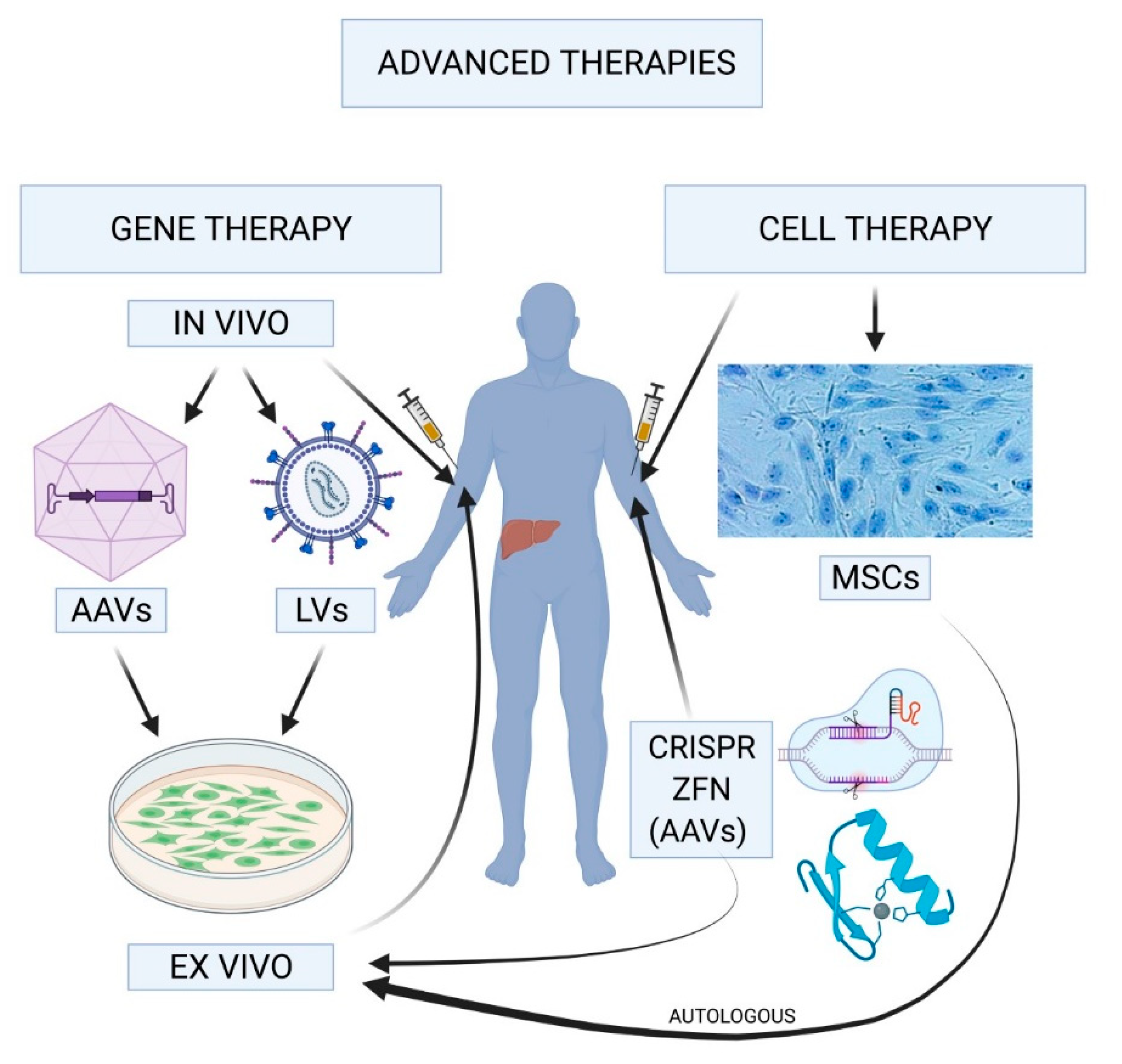Youth well-being is crucial for the future of society, as it lays the groundwork for a healthier and more productive generation. Recent findings from the Global Flourishing Study reveal alarming trends regarding youth mental health, underscoring that financial security alone does not equate to happiness and overall well-being. The research indicates that many young people today are struggling with feelings of isolation and dissatisfaction—issues that pose significant challenges to their happiness and overall contentment. Investing in youth is not just a financial decision; it is imperative for fostering meaningful relationships and enhancing the character of future leaders. As we explore the findings of this extensive study, it’s clear that prioritizing youth well-being is essential for cultivating a flourishing society.
When discussing the health and happiness of younger generations, we often refer to their holistic flourishing—encompassing emotional, mental, and social dimensions. The implications of recent studies addressing youth wellness highlight a critical examination of their overall quality of life, especially in terms of emotional resilience and interpersonal relationships. As we delve deeper into the concept of supporting the younger population, we see that the focus isn’t solely on economic factors but also on nurturing their mental fortitude and sense of community. This discourse around the flourishing of youth provides a platform for addressing broader societal concerns and exploring innovative solutions to enhance their well-being.
Understanding the Importance of Youth Well-Being
Youth well-being is a crucial element of a society’s overall health and prosperity. The Global Flourishing Study has shed light on the alarming state of youth mental health, indicating that many young individuals experience a sense of stagnation in their well-being due to a multitude of factors. This research emphasizes that well-being isn’t solely defined by financial status but encompasses various elements such as relationships, sense of purpose, and mental health. For instance, the study reveals that while countries with strong economic indicators, like the U.S., might seem prosperous, the youth there often report feeling less satisfied overall compared to those from middle-income nations who experience stronger community ties and support systems.
Furthermore, the concept of flourishing in youth emphasizes the synergy between mental health and financial security. The findings highlight that having intimate relationships during childhood and supportive environments significantly correlate with higher levels of adult flourishing. Thus, investing in youth means fostering conditions that promote happiness, character development, and emotional intelligence at an early age. In a landscape where financial pressure mounts, understanding and prioritizing youth well-being becomes paramount for ensuring a healthier future generation.
Revisiting Financial Security and Its Role in Well-Being
The Global Flourishing Study indicates that financial security plays a complex role in defining well-being and happiness. Although financial stability is a foundational need, it doesn’t guarantee emotional fulfillment or personal growth. The study’s surprising rankings revealed that nations like Indonesia, despite facing financial challenges, offer their youth stronger social networks and community support, reflecting that wealth alone isn’t a measure of happiness. This perspective challenges traditional views that associate higher income directly with a higher quality of life, particularly among youth.
Moreover, the study underscores the need for a paradigm shift in how societies approach economic development. Rather than merely focusing on financial growth, there should be a holistic strategy that integrates mental health resources, character development, and relationship-building activities. Ensuring financial security is essential, but fostering connections and community can lead to more profound and lasting happiness among young populations. Investing in youth, therefore, requires a multidimensional approach that goes beyond monetary wealth to encompass emotional and social well-being.
The Impact of Community Relationships on Happiness
The importance of community relationships in enhancing youth well-being cannot be overstated. According to the Global Flourishing Study, social connections cultivated in childhood, especially the quality of relationships with parental figures, significantly influence mental health and happiness in adulthood. Individuals who experienced supportive family environments generally reported higher levels of overall flourishing, underscoring the critical role that social integration plays in shaping youth mental health.
This finding aligns with research that suggests supportive community relationships foster resilience and personal growth. As youth navigate the complexities of life – education, social pressure, and career challenges – strong community ties provide essential emotional support and guidance. Thus, when discussing ways to improve youth well-being, attention must be paid to strengthening communal relationships, creating safe spaces for interaction and mentorship, and instilling a sense of belonging. Empowering youth within their communities can lead to significant benefits in both emotional and psychological realms.
Shifting Perspectives on Flourishing Across Nations
The Global Flourishing Study serves as a vital reminder that the paths to happiness and well-being differ greatly across cultures and nations. The research found unexpected outcomes where middle-income nations, such as Mexico and Indonesia, ranked higher in youth well-being compared to wealthier nations. This suggests that societal values transcending financial wealth, including community cohesion and social support, may have a more profound impact on youth satisfaction and flourishing.
By understanding that economic abundance does not directly correlate with happiness, policymakers and community leaders are encouraged to re-evaluate their investment in youth mental health and wellness initiatives. It highlights a crucial opportunity to learn from countries that excel in fostering emotional and social health among their youth, emphasizing prioritizing personal well-being measures alongside traditional economic success indicators.
Exploring the Link Between Spiritual Well-Being and Youth Flourishing
Spiritual well-being has emerged as a significant factor influencing happiness and mental health among youth, as indicated by findings from the Global Flourishing Study. The correlation between regular participation in religious activities and higher levels of flourishing reveals that spiritual connections can provide a deep sense of purpose and community support that enhances overall happiness. Such spiritual engagement often enriches personal identity and builds resilience among young people, equipping them to handle life’s challenges more effectively.
As societies increasingly secularize, however, there is a potential risk of neglecting the spiritual dimensions of youth flourishing. This research brings forth vital questions about how to integrate spiritual support and community practices into youth development programs. By recognizing the beneficial effects of spiritual well-being, communities can create comprehensive support systems that address financial security, mental health, and personal growth, leading to more fulfilling lives for young individuals.
Innovative Approaches to Investing in Youth
Investing in youth is not just about financial inputs; it requires innovative approaches that consider the multidimensional aspects of flourishing. The Global Flourishing Study underscores the need for educational reforms and programs that cultivate emotional intelligence, social skills, and creativity alongside academic knowledge. By equipping youth with comprehensive life skills, societies can empower them to thrive in diverse environments and face future challenges with resilience.
Moreover, targeted investments in mental health resources and community support initiatives can significantly enhance youth well-being. This includes providing access to counseling services, mentorship programs, and recreational activities that foster social interaction and personal development. By prioritizing these areas, communities can ensure a holistic approach that nurtures the mind, body, and spirit of their youth, ultimately leading to a more flourishing society.
The Role of Education in Promoting Youth Mental Health
Education plays a vital role in shaping youth mental health and overall well-being. The findings from the Global Flourishing Study suggest that schools should not solely focus on academic performance but also prioritize mental health education and well-being initiatives. Integrating social-emotional learning into the curriculum can help students develop essential skills for managing stress, building relationships, and fostering resilience, thereby enhancing their overall flourishing.
Furthermore, creating supportive school environments where students feel valued and connected is essential in promoting positive mental health outcomes. Encouraging collaboration among educators, parents, and community organizations can facilitate a comprehensive network of support for youth, ensuring they have access to resources that promote well-being. Through these multifaceted educational approaches, schools can significantly contribute to the mental health and happiness of their students, leading to a more flourishing future generation.
Analyzing the U-Shape Curve of Life Satisfaction
Traditionally, life satisfaction follows a U-shape curve, characterized by heightened happiness in youth and later life, while middle age tends to be a low point. However, the Global Flourishing Study indicates a shift in this pattern, particularly among youth in Western nations. The stagnation of flourishing levels among young adults suggests deeper issues related to mental health, economic pressure, and social changes. Understanding the causes of this transition is critical for developing strategies to improve youth well-being.
By addressing the factors contributing to this flattening curve, from societal expectations to economic challenges, communities can work towards creating environments that foster flourishing during all stages of life. This involves not only financial security but also prioritizing meaningful relationships, mental health support, and opportunities for personal growth. Analyzing these trends provides valuable insights into how societies can better support youth through tailored initiatives that promote holistic well-being.
The Future of Global Well-Being Initiatives
Looking ahead, the future of global well-being initiatives should prioritize the lessons learned from the Global Flourishing Study, prompting a reevaluation of how society navigates the complex relationships between financial security, mental health, and social well-being. As researchers continue to analyze the rich dataset, their findings should inform policymakers and community leaders to create comprehensive strategies that address the root causes of youth unhappiness.
For lasting change, investment in new research and continual dialogue is essential. By fostering collaboration between nations and sharing best practices, communities can develop targeted approaches that embrace diverse cultural values and promote flourishing among youth globally. The path to a more well-rounded, happy society begins with a commitment to understanding and supporting the well-being of future generations.
Frequently Asked Questions
What role does youth mental health play in overall youth well-being?
Youth mental health is a critical component of overall youth well-being, influencing happiness, relationships, and individual development. Positive mental health is linked to better emotional regulation, resilience, and success in both academic and social settings. Promoting mental health strategies from an early age can lead to improved outcomes in various aspects of life, contributing to the holistic well-being of young individuals.
How does the Global Flourishing Study highlight the connection between financial security and youth well-being?
The Global Flourishing Study reveals that financial security is not the sole determinant of youth well-being. While financial resources can provide opportunities and access to necessary services, the study shows that factors such as relationships, emotional well-being, and community support play crucial roles. This indicates a need for comprehensive approaches that address both financial and emotional aspects of well-being to foster a thriving youth population.
In what ways can investing in youth contribute to their long-term well-being and happiness?
Investing in youth through education, mental health resources, and social programs significantly enhances their long-term well-being and happiness. Access to quality education develops essential life skills, while mental health support ensures emotional resilience. By providing a stable environment and opportunities, societies can nurture young people, leading to their flourishing as successful adults who contribute positively to their communities.
What factors contribute to well-being and happiness among youth, according to the Global Flourishing Study?
According to the Global Flourishing Study, youth well-being and happiness are driven by multiple factors including healthy relationships, mental stability, a sense of purpose, and supportive environments. The study emphasizes that individual experiences during childhood, such as parental relationships and community engagement, significantly impact youth flourishing. Social connections and positive childhood experiences lay the groundwork for enduring well-being.
Why is it essential to address youth mental health in discussions about their overall well-being?
Addressing youth mental health in discussions about overall well-being is essential because mental health significantly influences emotional stability, decision-making, and social interactions. Poor mental health can lead to decreased academic performance and strained relationships, contributing to a cycle of dissatisfaction and unhappiness. By prioritizing mental health, we can enhance youth flourishing and empower them to thrive in various life domains.
How can understanding the youth well-being gradient help in policy-making?
Understanding the youth well-being gradient helps policymakers identify the unique challenges faced by younger populations compared to older adults. By focusing on the disparities in flourishing, especially in mental health and relational aspects, policies can be crafted to target support systems that enhance youth well-being. This approach can help allocate resources effectively and create initiatives that foster resilience and happiness in youth.
| Key Points |
|---|
| A major global study on youth well-being reveals concerns about flourishing among youth, especially in the U.S. |
| The study identified middle-income countries leading in youth flourishing, contrasting the common belief that wealth corresponds with well-being. |
| Findings include troubling patterns, as youth satisfaction levels have become relatively flat before rising later in life, indicating a J-shaped curve. |
| Good relationships with parental figures and healthy childhood conditions are linked to higher flourishing in adulthood. |
| The research emphasizes that spiritual well-being and social connections can outperform financial security in contributing to overall well-being. |
| Results question the effectiveness of current economic models in truly fostering meaningful lives and community relationships among the youth. |
Summary
Youth well-being is critical for societal advancement, yet emerging studies reveal significant challenges facing young people today. The Global Flourishing Study highlights that factors beyond financial wealth, such as strong relationships and spiritual well-being, are essential for true flourishing. Investments in the youth must focus on nurturing environments, promoting healthy relationships, and encouraging spiritual engagement to enhance their overall well-being.




